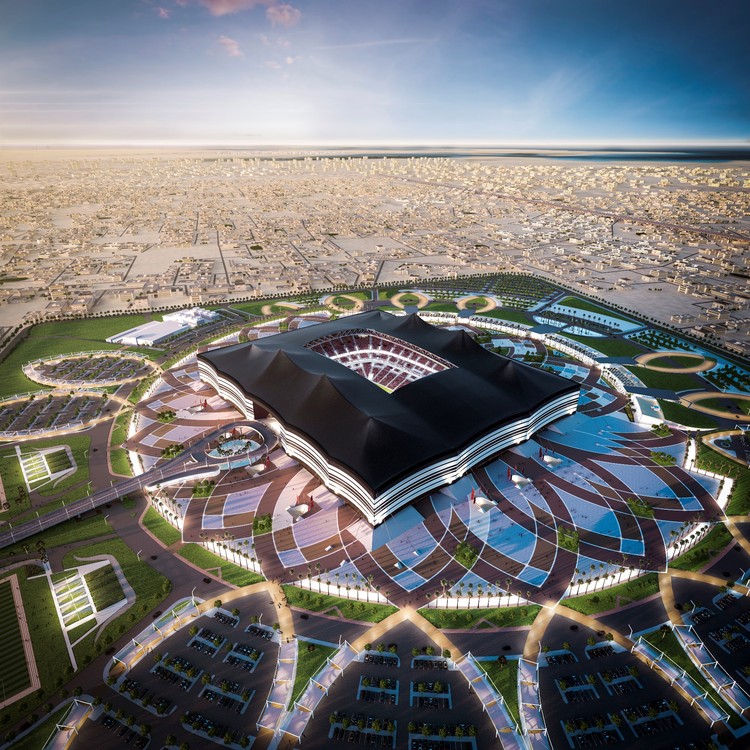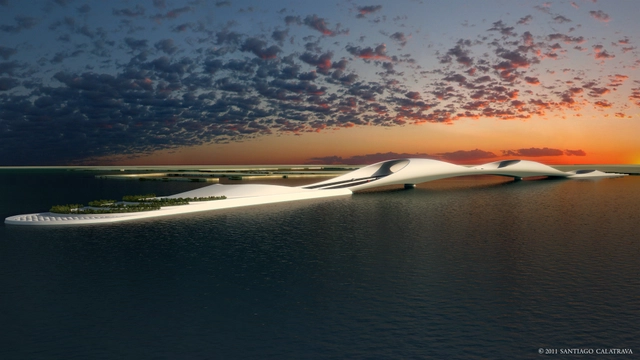
New York-based firm M Castedo Architects have unveiled their designs for the "Silver Pearl Hotel", a 1000-room luxury resort and conference facility for the Qatar 2022 World Cup located 1.5 kilometers off the Doha coastline. The $1.6 billion design consists of two 30-story semicircular towers connected by a full height, transparent climate controlled atrium, with unimpeded views of the sea beyond. Access to the hotel will be provided by a four lane elevated causeway over the sea - or alternatively by private yacht or helicopter, say the architects.










.jpg?1417710383)































